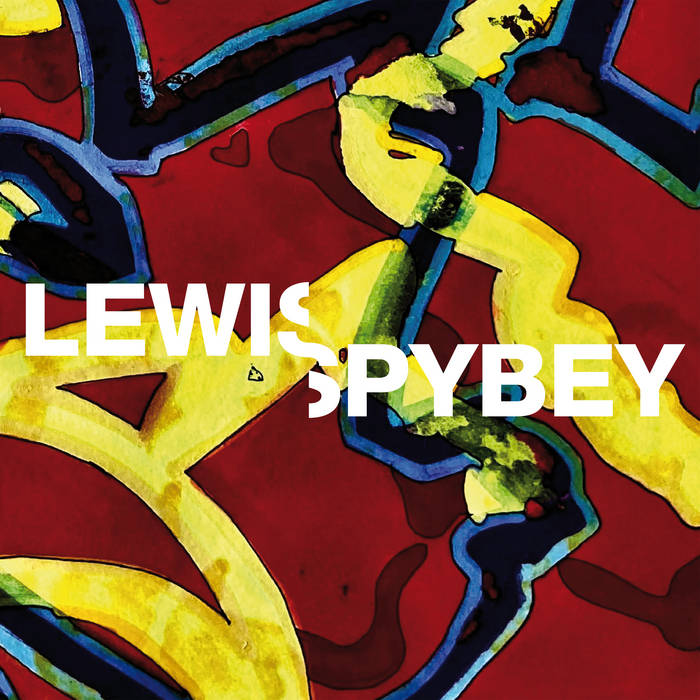Where do our stories come from? The main character in Mark Bowles’s novel, All My Precious Madness, posits the view that James Joyce constructed Ulysses from the “thousand husks” of shattered Victorian myths and conventions: “dead materials to make a completely new construction.” LEWISPYBEY, a collaboration between Wire and Dome’s Edvard Graham Lewis and Zoviet France’s Mark Spybey, utilises the husks of more quotidian myths and conventions in the form of a diverse, sometimes dissonant array of captured sound. The result is a record that at times can feel as mythic, and certainly as mercurial as Joyce’s epic.
Opener ‘Castle Neptune’ has an immediate sense of physicality. Though an attractive track with a fair amount of swing, it does initially feel like you’re negotiating a traffic-heavy city street. Vocoded voices bawl out now and again. Along the way we hear such things as a train horn (recorded on the streets of Oakland, apparently) and a thick and dry drone that comes to dominate the track by the end. It sounds like a wind tunnel. There is also a repeated flute-like refrain that acts as if it’s placed there as something to remember and hold on to amongst all the other comings and goings. Things calm down after four minutes or so which imparts a palpable feeling of relief. ‘Castle Neptune’ is a fair indication of what is to come.
LEWISPYBEY is a voluptuous and busy-sounding record throughout, full of the slightly manic music you often get from those who have been in the music business too long to care about what others think. That allows for some curveball moments of beauty answerable only to themselves. Second track ‘Boot Island Twin’ is a shimmering number, more meditative than the opener but still possessing an itchy beat that sets us up for the wonderfully named ‘Antler Velvet’. This is a dark and sumptuous cut, where the sounds – pianos, steel hawsers, stumpy basslines – pass by you as in a slideshow. A wonderfully dramatic piece of sonic bricolage, it should be twice the length. ‘Trophy Hunters’ is darker still and more condensed, in feeling and time. Mid tones dominate again, as does a beat which stomps along and evolves into the following track, ‘Keep the Way’, yet another subterranean gouging that could have been the soundtrack to the dwarves’ work in Moria. And is there a sly reference to Autobahn’s ‘Mitternacht’ here, between the thumps and drones?
Last track, the nine-minute ‘Gray Bay Play Watch’, builds up very nicely through a drone-tone which sounds like one of the huge fans in a factory I used to work in (the noise was calming and slightly hypnotic, as is this.) There is enough hinterland to give the listener some chance to survey the view. Voices and beats appear, like a cavalry brigade coming over a ridge at a walk, then a canter. This scene vanishes like a mirage, as a ghostly collage of voices again gives space for a more purposeful and ever-so-slightly cinematic passage to take form, the synthetic strains of what – if we were to live in the analogue world, we would call a violin – and some loose beats guiding the track to a slow halt.
All atoms are engaged to get married, to quote an old song title. Our digital world – and this album in fact – is built on codes and scripts we don’t often take the time to look at. What we experience, or what is revealed to us, has already been programmed in. With that thought, this bumptious, but oddly beautiful record could be said to have fulfilled its purpose in constructing another set of myths.


